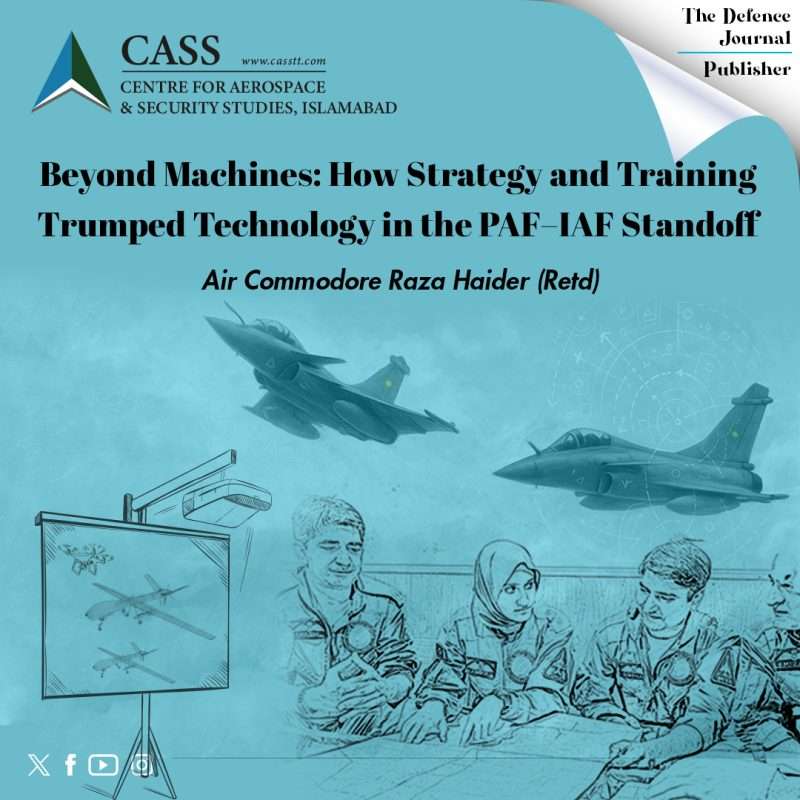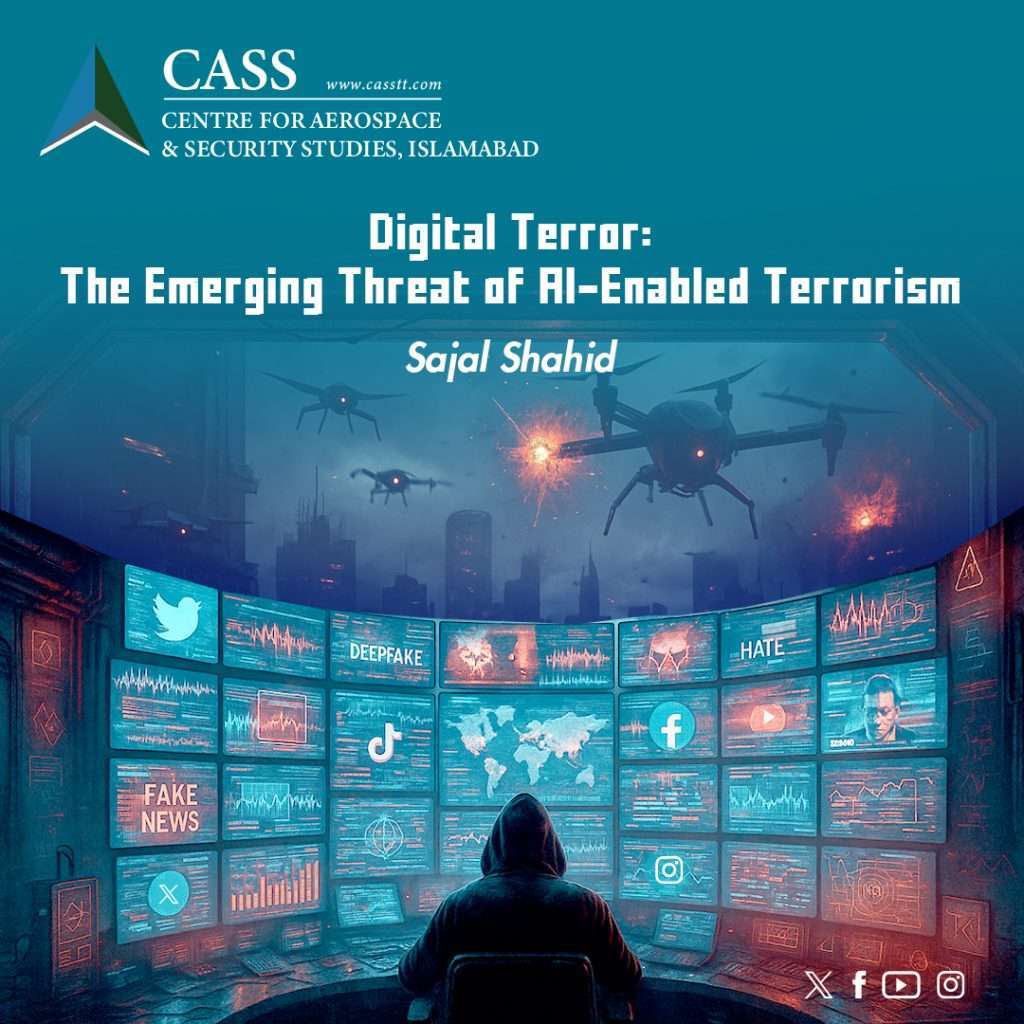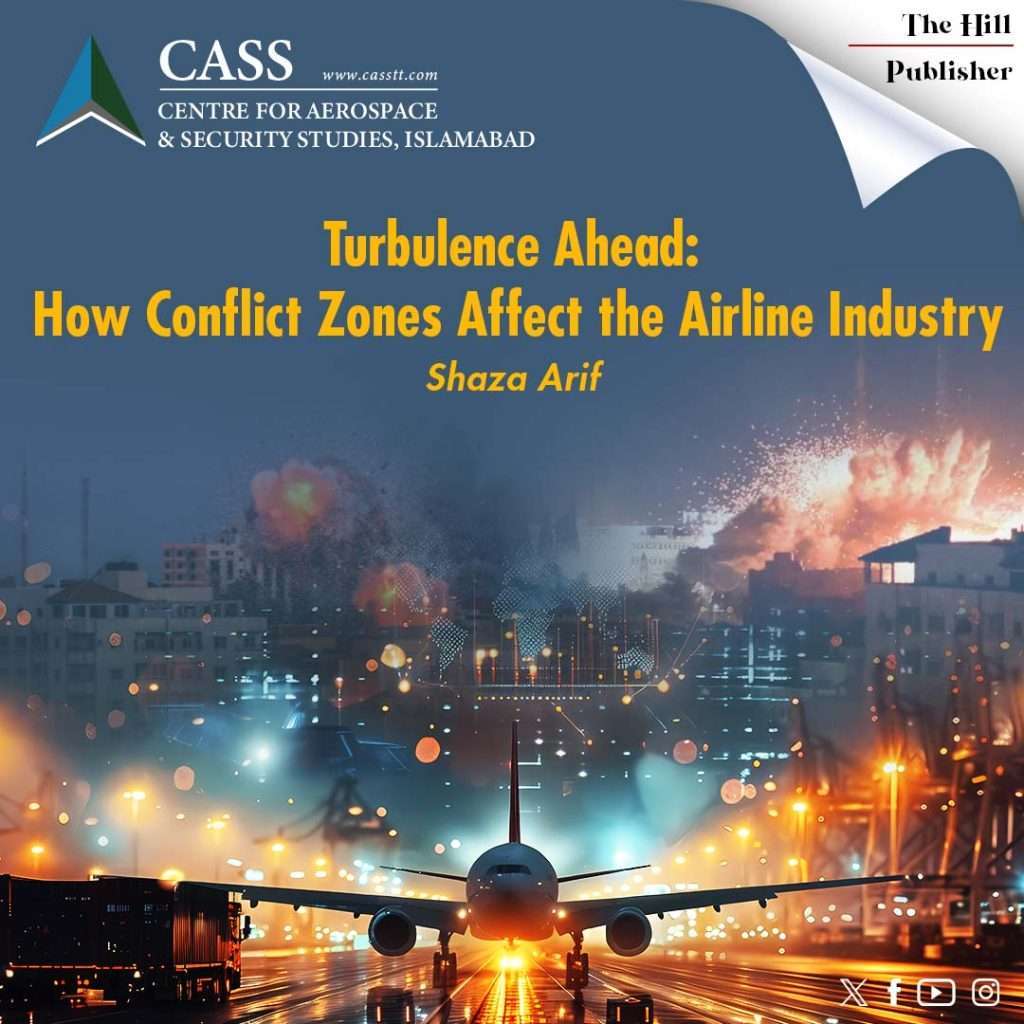The idea that technological superiority ensures aerial supremacy is a persistent myth in contemporary air combat. However, the fundamental reality of warfare is that while machines can amplify capability, the most important factors in the kill chain are still human skill, training, mind-tech integration, strategic clarity and visionary leadership. In its actions during the aerial combat with India in May 2025, the Pakistan Air Force (PAF) proved that a clear strategy and rigorous training can decisively outperform even a numerically stronger adversary.
In the conflict, PAF has long shown that strategic vision and operational clarity have been the cornerstones of the PAF combat efficiency, especially in the setting of Pak-India conflicts. Instead of competing with a foe in an arms race, the PAF has given more priority to high quality and smart acquisitions that suit its operational requirements. For example, in anticipation of the escalation situation in early 2000, the PAF developed and produced its own multi-role fighter JF-17 Thunder aircraft – currently the backbone of its fleet. Recent inductions of J-10C fighter aircraft along with advanced drones, electronic and cyber warfare suites, beyond visual range missiles and radar networks also shows a forward-thinking doctrine centred on battlefield awareness and integration of state-of-the-art systems. Modern airpower is as much about strategy as it is about the number of machines in the sky, as demonstrated by the PAF’s emphasis on strategic posture, Multi Domain Operations (MDO), integrated systems, and platform efficiency in a fast-evolving combat environment. PAF has prioritized agility, efficiency, and smart warfare over numerical parity, concentrating on smart, cohesive assets supported by training and quick tactical deployments.
The PAF’s pilots, arguably the best in the world, were at the centre of the May 2025 aerial theatre downing six Indian Air Force (IAF) aircraft, including three Rafales, one Su-30, one MiG-29 and one Mirage 2000, within just 55 minutes of battle. The PAF has always placed a higher priority on pilots training at the time of aircraft operationalization and onwards as fully convinced that without highly skilled pilot in the cockpit, even the most sophisticated aircraft cannot reach its full potential. From training as cadets to exercises at the squadron level, PAF pilots are trained to operate under tremendous stress, react to quickly changing combat situations, and make tactical decisions on their own in a matter of seconds. PAF’s training institutes like Combat Commanders School and Air War College are testing grounds where the air force’s doctrine is continuously refined against emerging operational realities.
In addition, as MDO necessitates smooth coordination across air, space, cyber, and electronic environments for effective airpower in modern conflict; PAF considered coordinated performance across various technological domains as important to mission success as pilot’s skills. Precision in mission execution depends heavily on a pilot’s situational awareness shaped by accurate satellite intelligence, electronic warfare support, and robust cyber defences. The benefits of these technologies are lost, if not operated by highly skilled and well-coordinated human personnel. This human-centric philosophy applies to the team of engineers, air defence controllers and mission planners, who collectively make up the PAF’s operational core. Seamless coordination, sharp judgement, and deep situational awareness are qualities that machines cannot replicate on their own; therefore, PAF’s training methodology is not just a one-off exercise rather an ongoing, holistic process of adaptation to emerging threats, technologies, and tactics.
On the other hand, the Indian Air Force (IAF), although the fourth-largest air force in the world with access to cutting-edge technologies and no fear of sanctions, is undergoing multiple operational issues. The long-delayed Rafale procurement was expedited in the wake of Pulwama in 2019, bringing in advanced capabilities. However, due to inadequate pilot training and subpar operational integration of new systems, the IAF found it difficult to turn this technological advantage into combat advantage during aerial combat. Its aerial effectiveness also suffered from suboptimal performance and coordination in cyber operations, electronic warfare, drone integration, and interoperability. Within India’s defence circles, this should prompt serious questions about their procurement strategy.
War is a human endeavour. Technology can complement human excellence and strategic thinking, but it does not and cannot replace it. As military strategists around the globe process lessons learnt from the brief but historic Indo-Pak aerial showdown, PAF’s message is unequivocal: train your air warriors relentlessly and integrate minds with machines but remember – no matter how sophisticated a platform, it cannot supplant vision, self-discipline or bravery in the skies.
Air Cdre (Retd) Raza Haider is currently serving as Director at the Centre for Aerospace & Security Studies (CASS), Islamabad, Pakistan. The article was first published in the Defence Journal. He can be contacted at: [email protected].





